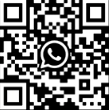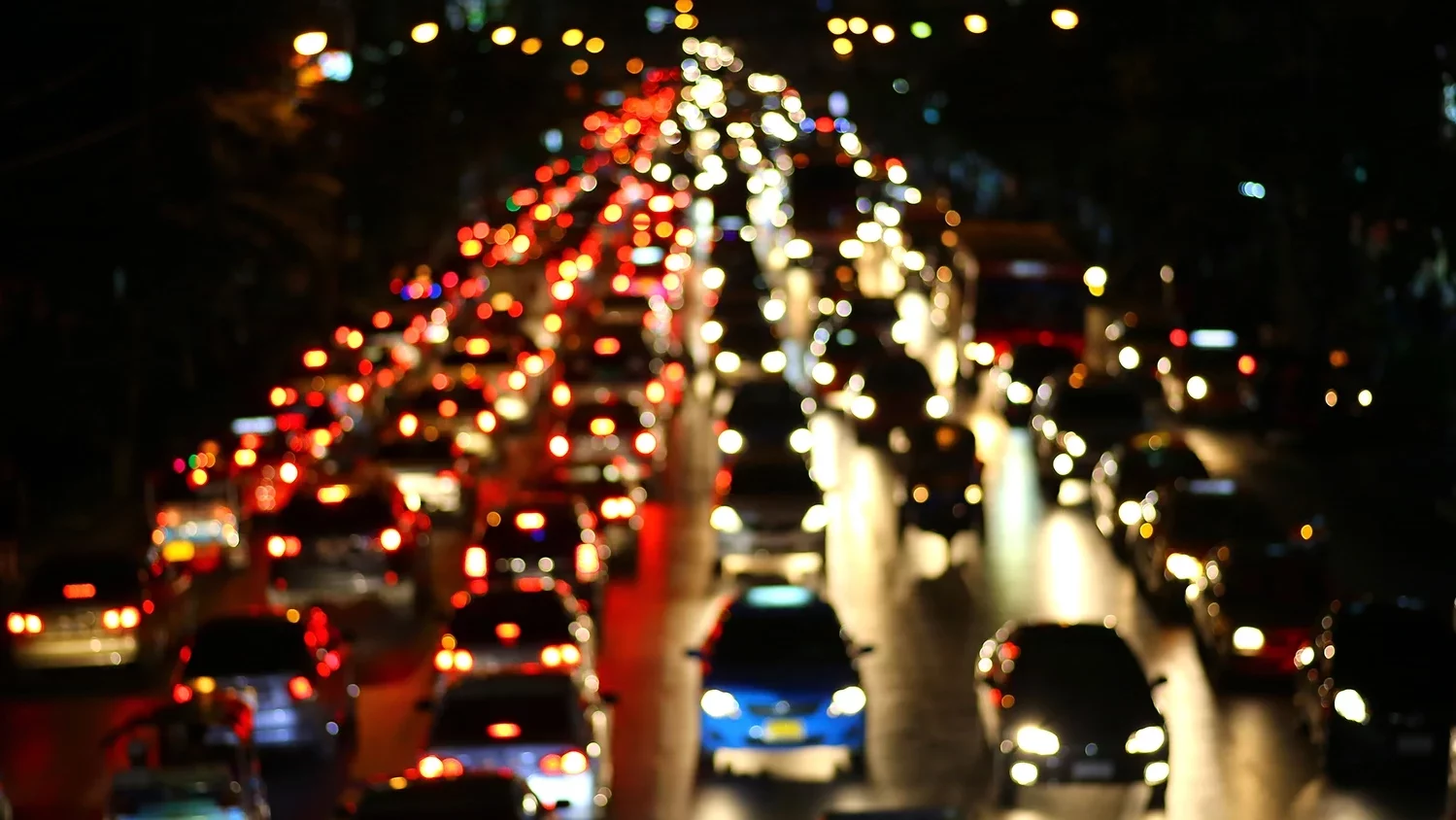
1. Left Turn Waiting Position
Driving tests key terms like waiting position are important to understand in order to pass the ICBC driving test. Left turns make up a huge part of the test as well as being the top postentiall dangerous movement which, if you rush, can put the examiners side fo the car directing in front of a high speed car called a T-Bone crash. Not good for your driving test day.
Mastering the Waiting Position on a Left-Hand Turn: A Crucial Skill for Safe Driving
When learning to drive in British Columbia, one of the most essential skills is understanding and applying the proper waiting position during a left-hand turn. Whether you’re preparing for your ICBC driving test or honing your skills through a Vancouver driving school , mastering this maneuver can make the difference between passing and failing your exam. More importantly, it’s a critical component of safe driving, reducing the risk of collisions and improving your control over your vehicle in complex traffic situations.
This move demonstrates clearly that you understand all the right-of-ways for oncoming cars and bikes, pedestrians, bike paths and the tricky yellow light change. Rushing this move is dangerous and will most likely fail you. Knowing exactly where to set yourself up for clear communication to all other road users, as well as good positioning to maximize your vision, shows the examiner that you clearly understand the right of ways.
There are many different intersection configurations and each may have a unique setup. In Vancouver we can help you identify six different setups, Cut, Traditional Box, Tuck. Curved and Double Deep.
Why the Waiting Position Matters:
The Basic Steps of the Waiting Position
- Approach the Intersection: As you approach the intersection where you intend to make a left-hand turn, you should already begin preparing by scanning the intersection for potential hazards. Look for pedestrians, cyclists, and oncoming traffic that may pose a risk. If you’re learning with an ICBC-approved instructor or attending a Vancouver driving school, they will emphasize this crucial preparatory step. Keep your speed controlled and maintain your lane position, signaling at least 30 meters before the intersection.
- Enter the Intersection: Once you’re sure it’s safe and legal to proceed into the intersection (e.g., the traffic light is green or you have a flashing green light), begin moving forward. Position your vehicle so that your front tires are in but before the center of the intersection. This is the ideal waiting position because it sets you up to make a swift and smooth turn when there’s a safe gap in oncoming traffic. Remember, your wheels should always be pointed straight ahead while waiting. If you angle your wheels to the left, and another vehicle rear-ends you, you may be pushed into oncoming traffic, causing a serious accident.
- Check Oncoming Traffic and Pedestrians: In the waiting position, your attention should primarily be focused on oncoming traffic. Scan the road ahead to find a safe gap to make your turn. Additionally, don’t forget to check for pedestrians crossing the street. Failing to yield to pedestrians during a left-hand turn is a common mistake, and one that could easily lead to failing your ICBC driving test.
- Commit to the Turn: Once you’ve identified a safe gap in traffic and checked for pedestrians, commit to the turn. Make a smooth, controlled left-hand turn into the correct lane (the leftmost lane of the road you are entering). Ensure you maintain steady steering control through the turn, adjusting your speed as necessary.
- Clear the Intersection: After completing the turn, accelerate smoothly to match the flow of traffic. If you’re too slow to exit the intersection, you could block traffic, causing confusion and increasing the risk of a collision. Exiting the intersection confidently is just as important as waiting correctly.
Common Mistakes to Avoid
During my years of teaching, especially with Vancouver driving schools, I’ve noticed a few common errors that learners make while performing left-hand turns. Avoiding these will not only help you pass the ICBC driving test, but will also make you a safer driver:
- Turning the wheels prematurely: As mentioned earlier, never turn your wheels to the left while waiting in the intersection. In the event of a rear-end collision, this could send your car into oncoming traffic.
- Rushing the turn: Impatience is one of the leading causes of left-turn accidents. Always wait for a clear gap in traffic. If in doubt, it’s better to wait. Remember, oncoming traffic has the right of way.
- Not checking mirrors: While your main focus will be on oncoming traffic and pedestrians, don’t forget to check your mirrors for any fast-approaching vehicles that may be in your blind spots.
- Failing to yield to pedestrians: Pedestrians crossing the street you are turning into always have the right of way. This is an important point that the ICBC driving test examiners will watch closely.
How to Practice the Waiting Position
If you’re working with an instructor at a Vancouver driving school, they’ll likely guide you through several practice sessions focused on left-hand turns. This hands-on practice is invaluable because it allows you to experience different intersection scenarios. Each intersection has its own unique set of challenges, and repetition will help you build the confidence you need to execute the maneuver safely.
For those practicing on their own, choose intersections that vary in complexity. Start with simple, controlled intersections where left turns are straightforward and progress to busier intersections with more traffic and pedestrian activity. Always follow the principles outlined above, and you’ll develop the muscle memory required to handle these situations automatically.
Final Thoughts
Mastering the waiting position during a left-hand turn is essential for passing the ICBC driving test and for becoming a confident, competent driver. Whether you’re learning through a Vancouver driving school or studying on your own, the key is practice, patience, and always keeping safety top of mind. This skill not only helps you pass the test but ensures that you can handle one of the most challenging aspects of driving with ease. Remember, taking the time to practice this maneuver can greatly reduce the risk of accidents and make you a safer, more aware driver on the road.
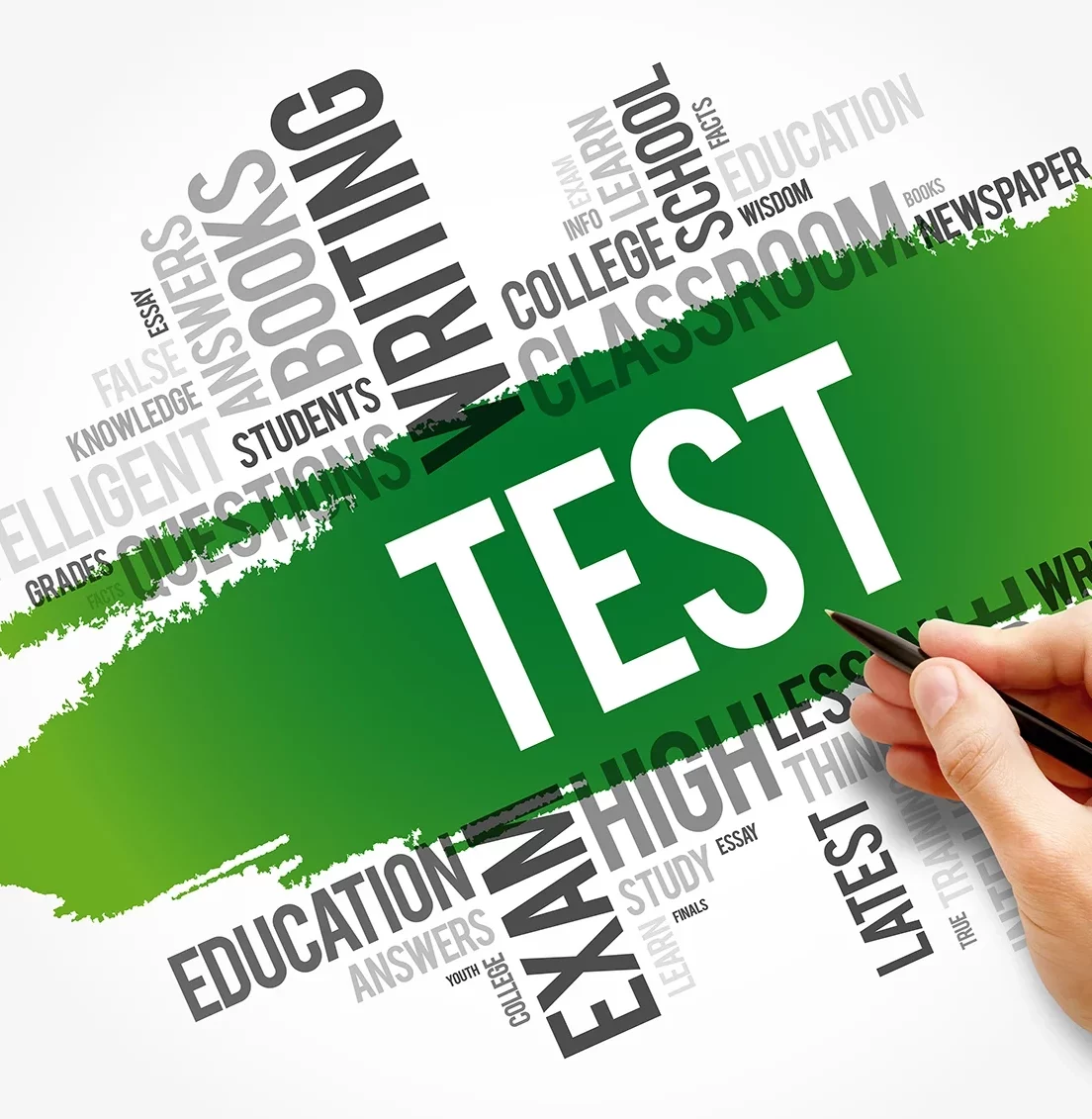
2. Left Turn Yield Right-of-Ways
Avoid dangerous actions failure – yielding right-of-way is a must during road tests to ensure you do not fall into performing a Dangerous Action, which basically means you scared the examiner and got too close to something or you were about to jump into a high risk dangerous postion. Examiners can stop you with their voice ‘stop’ or engage the dual brake if you are testing in a drivng school car.
The Importance of Yielding When Turning Left: Mastering Visibility and Control
In the complex dance of driving, yielding the right of way is one of the most critical skills every driver must master—especially when making a left turn at an intersection. Left turns are inherently risky because they often involve crossing the path of oncoming traffic, and the added complexity of not being able to see clearly can make this maneuver particularly dangerous. The reality of the road is that if you cannot see, you cannot go, and yielding becomes not just a rule but a survival skill.
Whether it’s bright sunlight, a rainy day, or visual obstructions like other vehicles, poor visibility can leave drivers unsure of when it’s safe to turn left. In these situations, mastering the art of yielding is essential to avoid collisions, protect pedestrians, and maintain control of the intersection. Yielding is not just about waiting your turn; it’s about controlling the entire space around you and staying aware of three key elements: oncoming cars and bikes, pedestrians, and yellow lights.

1. Yielding to Oncoming Cars and Bicycles: The First Layer of Awareness
When you are at an intersection, preparing to turn left, the first and most immediate danger comes from oncoming traffic. Cars, motorcycles, and bicycles all have the right of way if you are crossing their path, which means that your left turn cannot proceed until the lane is clear.
It sounds simple—wait until there are no vehicles coming—but the truth is that many drivers fail to account for the speed and proximity of oncoming traffic. People often misjudge the speed of approaching vehicles, thinking they have more time than they really do. Or, they fall victim to social pressure, feeling rushed to turn because the driver behind them is impatient. Yielding correctly requires absolute focus, awareness, and control. If you can’t see oncoming traffic because of an obstruction—such as a large vehicle turning in the opposite direction—the rule is simple: don’t move. If you cannot see, you cannot go.
One of the hidden dangers here is bicycles, which are smaller and can often be harder to spot. Cyclists may be moving faster than you expect, and failing to see them can lead to disastrous consequences. When yielding, always check for bikes as well as cars, and make sure the coast is absolutely clear before you proceed.

2. Pedestrians: The Overlooked Danger
The second critical element is pedestrians, who are often overlooked by drivers focusing too much on the oncoming traffic. Yet, pedestrians crossing the street from your left or right are just as vulnerable as the cars and bikes you’re yielding to. Their right of way is absolute, meaning they always take priority. When turning left, scanning for pedestrians is non-negotiable—especially when visibility is poor.
Pedestrians can suddenly appear, and if you’re only focused on squeezing through the gap in oncoming traffic, you might miss them entirely. Remember, turning into a crosswalk that’s still occupied is a recipe for disaster. Take your time, make sure no one is stepping off the curb, and keep your foot ready on the brake. No matter how clear the road seems, pedestrians can and do change the situation in a split second.
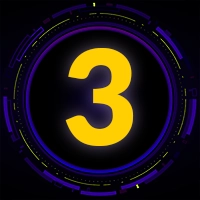
3. The Yellow Light: Decoding its True Meaning
The third critical piece in mastering left turns is understanding the true significance of the yellow light. Too many drivers see a yellow light as a signal to rush through the intersection before the red light appears. This hurried, almost panicked behavior often leads to poor decisions, especially when you’re trying to make a left turn.
Yellow lights are a signal to prepare to stop—not to speed up or cut corners. When the light turns yellow and you’re still in the process of yielding, it’s time to make a decision based on control and visibility. If you’re already in the middle of the intersection, you may have to proceed cautiously to complete the turn. However, if you haven’t committed to the turn, the safest option is to wait for the next green light. Forcing a left turn on a yellow light is an invitation for chaos, especially when you cannot see clearly. It’s far better to yield and wait than to risk a collision.

Conclusion: Yielding is More Than Just Waiting
In summary, yielding is more than just waiting for the right moment; it’s about maintaining full control of the space around you and ensuring that all potential risks are accounted for before you proceed. Whether you’re dealing with oncoming cars and bikes, pedestrians, or navigating the tricky timing of a yellow light, yielding properly can mean the difference between a safe turn and a dangerous accident.
Remember, if you cannot see, you cannot go. Yielding is your best tool for controlling the intersection, avoiding unnecessary risks, and driving with the confidence that comes from understanding how to handle the complexities of left turns. It’s not about how fast you can make the turn—it’s about whether you can do so safely and with full awareness of your surroundings.
By keeping these three critical elements in mind—oncoming cars and bikes, pedestrians, and yellow lights—you will build the skills needed to turn left with confidence, no matter the conditions.

